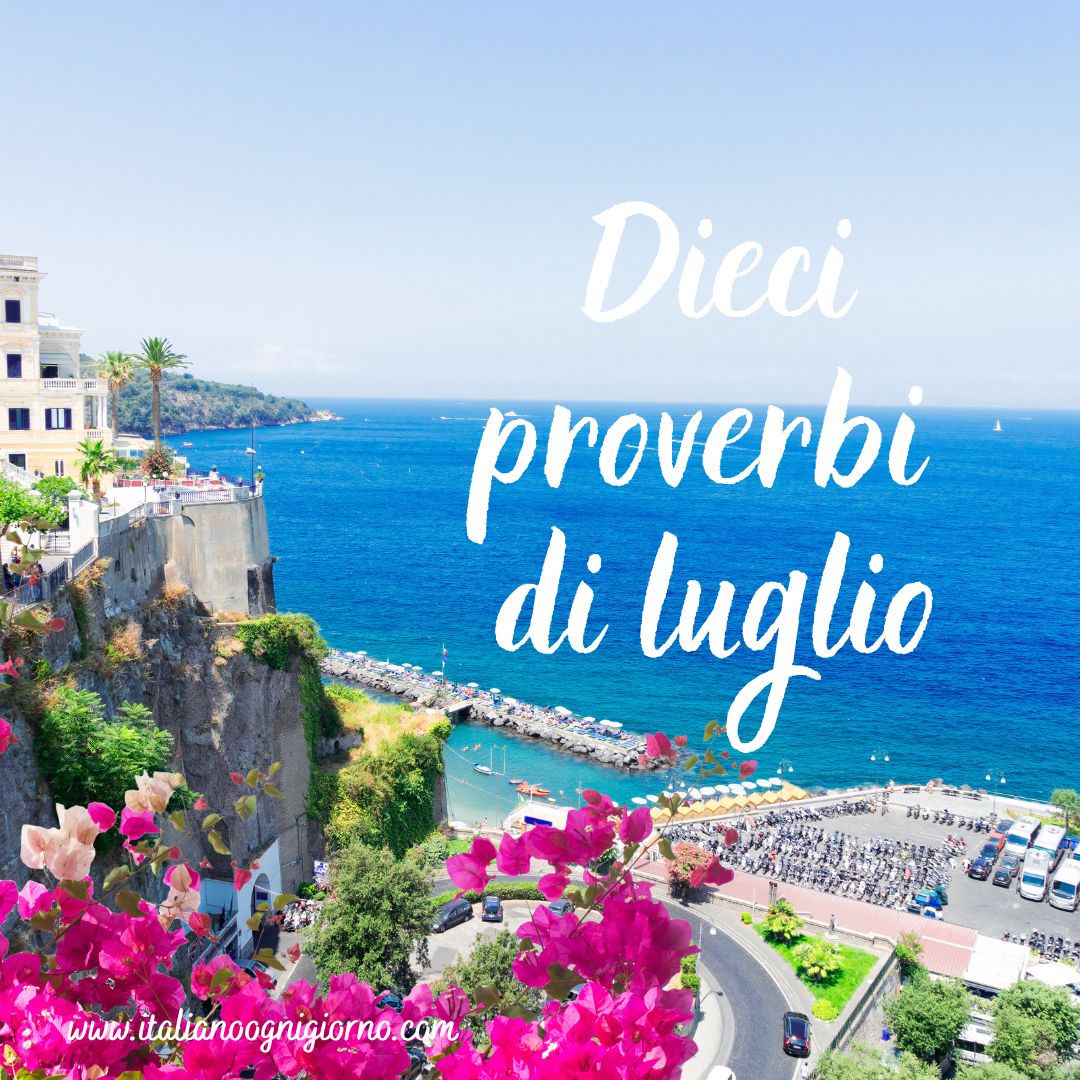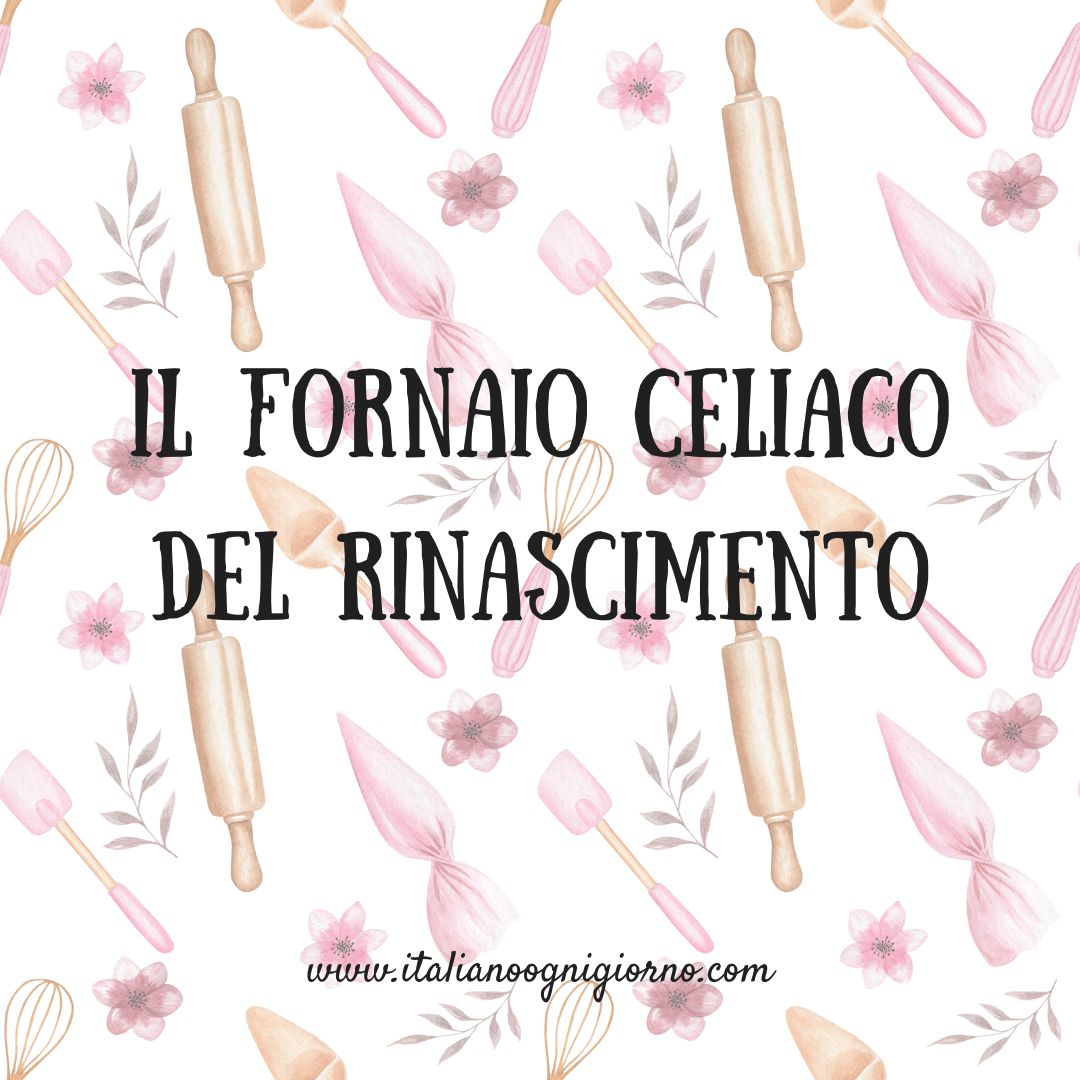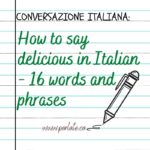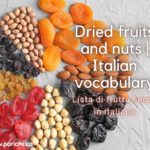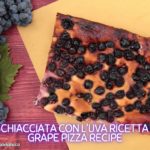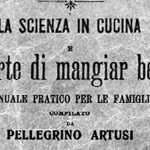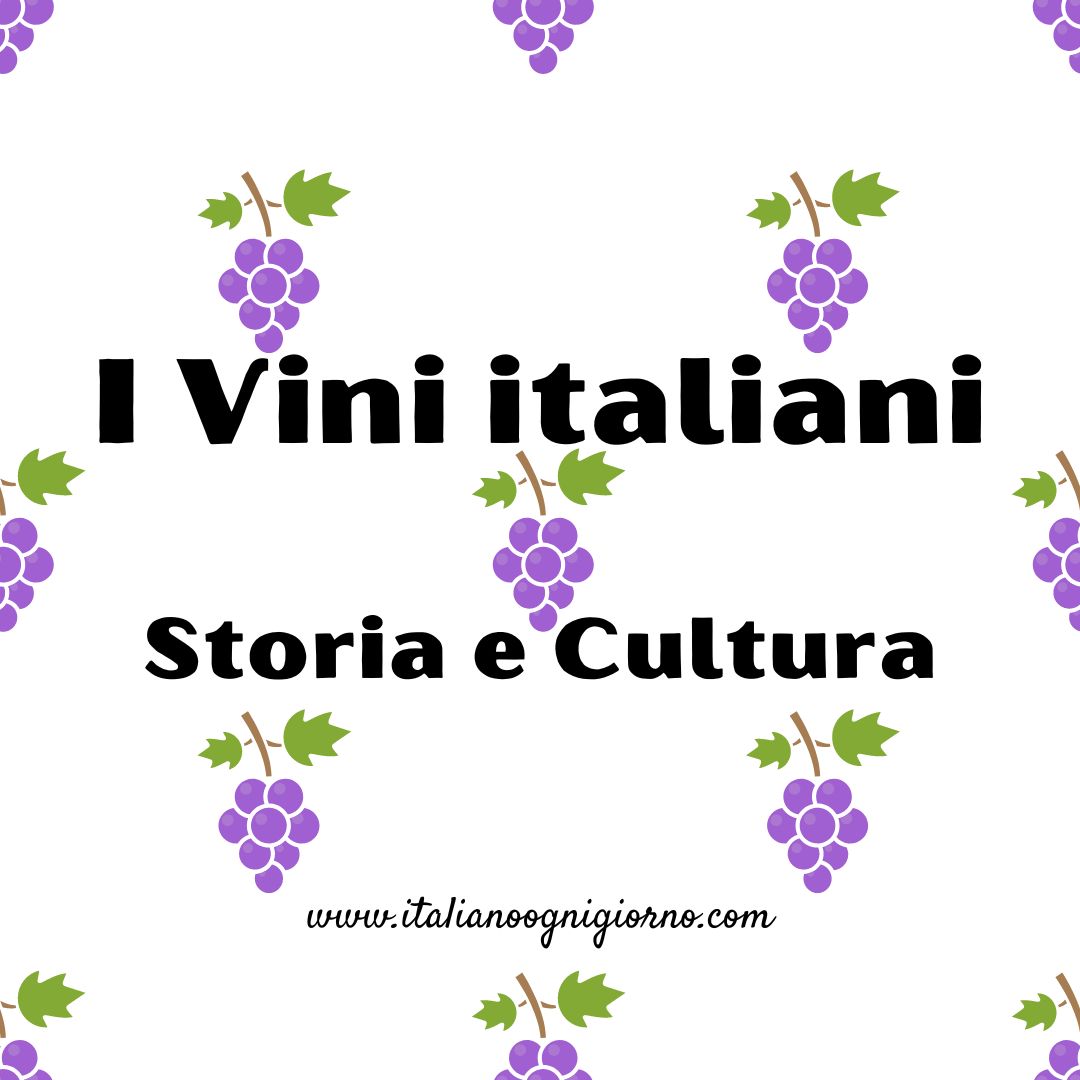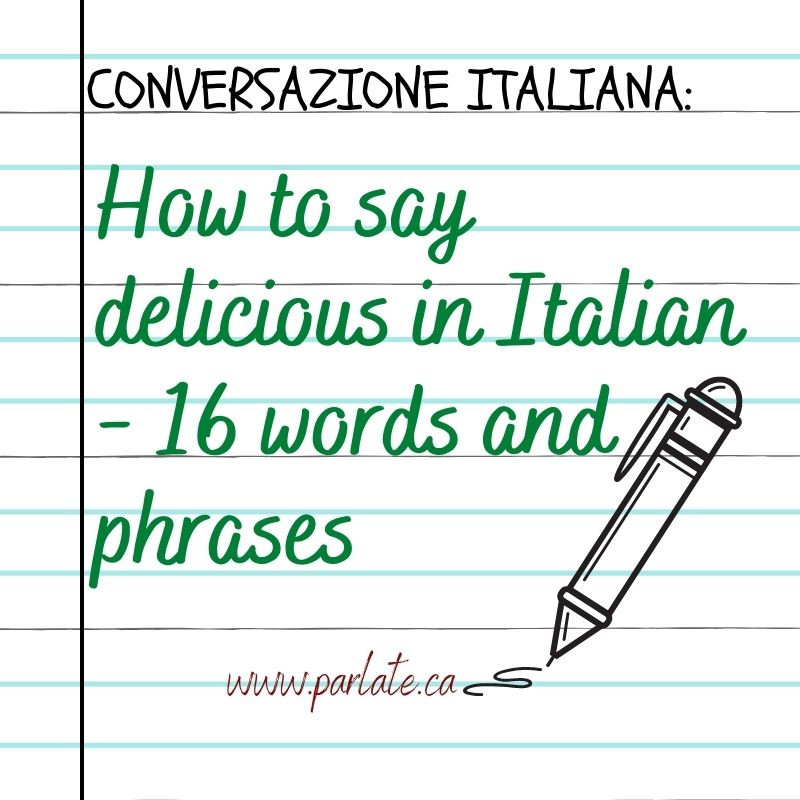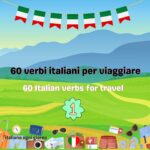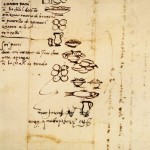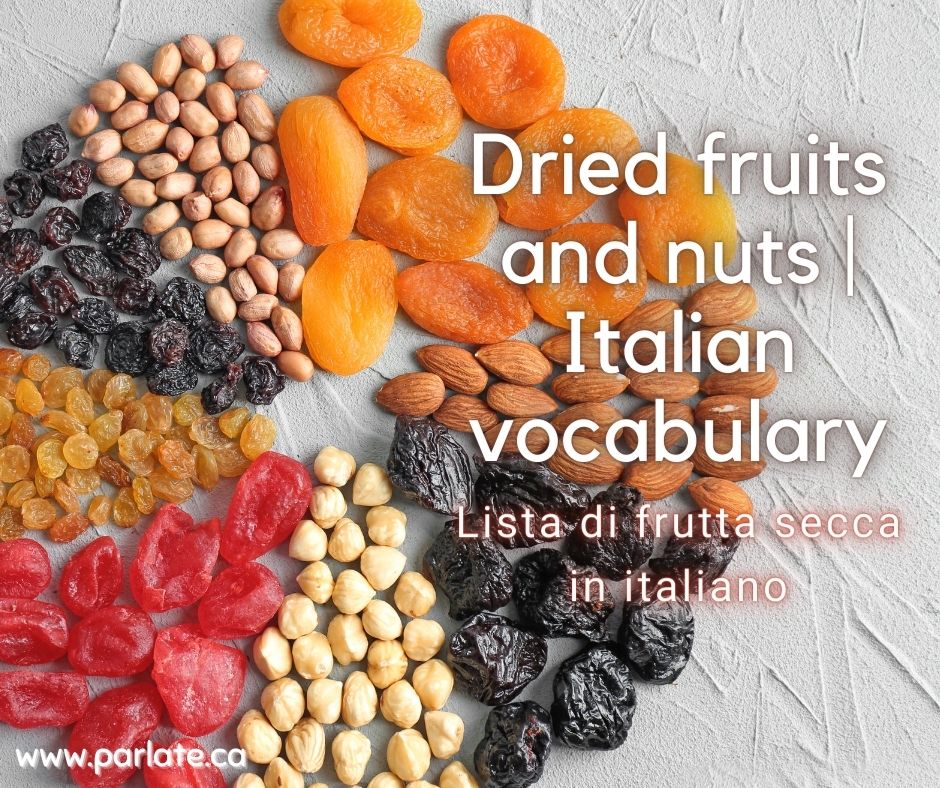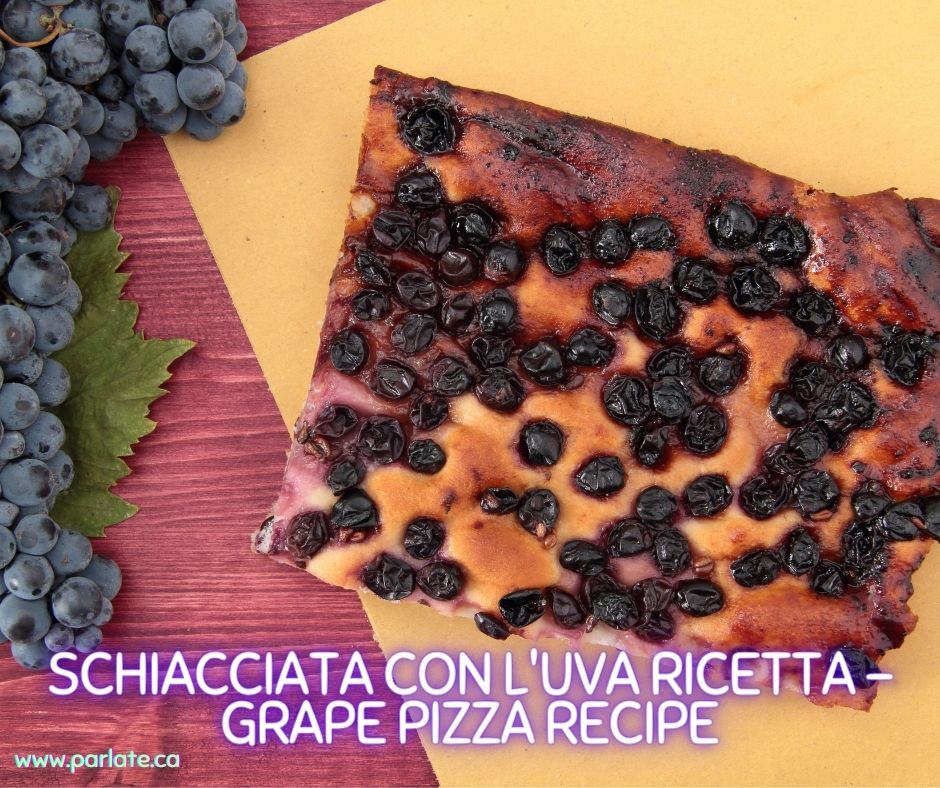(English follows)
Sapevate che gli antichi Romani hanno dedicato il mese di luglio a Giove per l’abbondanza di frutta, verdura e cibo?
E inoltre il nome luglio, “Iulius” in latino, deriva da Giulio Cesare essendo nato intorno alla metà del mese di luglio dell’anno 101 a.C. Prima di essere dedicato al primo imperatore romano da Marco Antonio, questo bel mese estivo si chiamava “Quintilis”, poiché era il quinto mese dell’anno nel calendario di Romolo.
Non c’è da stupirsi che luglio abbia tanti detti e proverbi sopratutto legati all’agricoltura e alla saggezza dei nostri antenati. Vediamone insieme dieci. Nel video ho incluso brevi clip di undici magnifiche località italiane.
Guarda il video:
Quando luglio è molto caldo, bevi molto e tienti saldo.
significato: Fa caldissimo a luglio sia di notte che di giorno, quindi idratarsi e stare al fresco e indispensabile!
Quando piove a luglio, ti viene il batticuore.
significato: Le piogge esaltano i profumi e la natura tutta attorno risvegliando i nostri sensi e i nostri cuori.
Se luglio gran calura, a gennaio gran freddura.
significato: Se fa molto caldo a luglio si prevede un gennaio molto freddo.
Il mattino scuro di luglio non significa brutta giornata.
significato: Anche se la giornata inizia nuvolosa è molto probabile che il sole spunterà.
Luglio con sacco e staio – porta i chicchi nel granaio.
significato: Nel mese della mietitura il sacco si riempie di chicchi di grano.
Di luglio il temporale, dura poco e non fa male.
significato: A luglio i temporali vanno e vengono senza danni.
Non far tempeste, Luglio mio, sennò il mio vino addio.
significato: Le tempeste non fanno bene al raccolto che non riempiono le ceste d’uva.
Chi vuole un buon rapuglio, lo semini in luglio.
significato: Chi vuole ottenere un’ottima coltivazione di rape è bene che faccia la semina in luglio.
Con luglio soleggiato il vino è assicurato.
significato: Un cielo soleggiato fa crescere l’uva in abbondanza.
Luglio poltrone, porta la zucca col melone.
significato: L’essenza del mese di luglio è racchiusa in questo proverbio, perché è un mese generoso di frutta e finalmente di meritato riposo.
English version
Did you know that the ancient Romans dedicated the month of July to Jupiter for its abundance of fruit, vegetables and food?
And furthermore the name July, “Iulius” in Latin, derives from Julius Caesar having been born around the middle of July in the year 101 BC. Before being dedicated to the first Roman emperor by Mark Antony, this beautiful summer month was called “Quintilis”, since it was the fifth (quinto) month of the year in Romulus’ calendar.
It is no wonder that July has so many sayings and proverbs especially related to agriculture and the wisdom of our ancestors. In the video I included short clips of eleven magnificent Italian locations.
Quando luglio è molto caldo, bevi molto e tienti saldo.
– When July is very hot, drink a lot and hold your ground.
meaning: It’s very hot in July both at night and during the day, so hydrating and staying cool is essential!
Quando piove a luglio, ti viene il batticuore.
– Rain in July makes your heart beat.
meaning: The rains enhance the scents and nature all around, awakening our senses and our hearts.
Se Luglio gran calura, a Gennaio gran freddura.
– If July is very hot, January is very cold.
meaning: If it is very hot in July, a very cold January is expected.
Il mattino scuro di luglio non significa brutta giornata.
– The dark morning of July does not imply a bad day.
meaning: Even if the day starts cloudy it is very likely that the sun will come out.
Luglio con sacco e staio – porta i chicchi nel granaio.
– July with sack and bushel – take the grains to the barn.
meaning:In the month of harvest the sack is filled with wheat grains.
Di luglio il temporale, dura poco e non fa male.
– The storm in July is short time and causes no damage.
meaning: In July, storms come and go without damage.
Non far tempeste, Luglio mio, sennò il mio vino addio.
– Don’t make storms, my July, otherwise to my wine I’ll say goodbye.
meaning: Storms are not good for the harvest as they do not fill the baskets with grapes.
Chi vuole un buon rapuglio, lo semini in luglio.
– Those who want a good turnip crop should sow it in July.
meaning: Those who want to obtain an excellent cultivation of turnips should sow in July.
Con luglio soleggiato il vino è assicurato.
– With sunny July, wine is guaranteed;
meaning: A sunny sky makes grapes grow in abundance.
Luglio poltrone, porta la zucca col melone.
– Lazy July, brings pumpkins and melons.
meaning: The essence of the month of July is contained in this proverb, because it is a generous month of fruit and finally of well-deserved rest
- La Pasqua nell’arte italiana

- Racconto italiano: La disdetta del frullato al cacao A2/B1

- Come si usa il gerundio

- Racconto italiano: La gatta sull’albero /A2

- Racconto italiano: Le scale al nuovo anno /B2

- 32 frasi ipotetiche del primo tipo in italiano

- Una rassegna: Cosa abbiamo studiato in italiano nel 2024?

- Racconto italiano: Un giorno perfettamente imperfetto /A2

- Racconto italiano: Le scale al nuovo anno /A1


